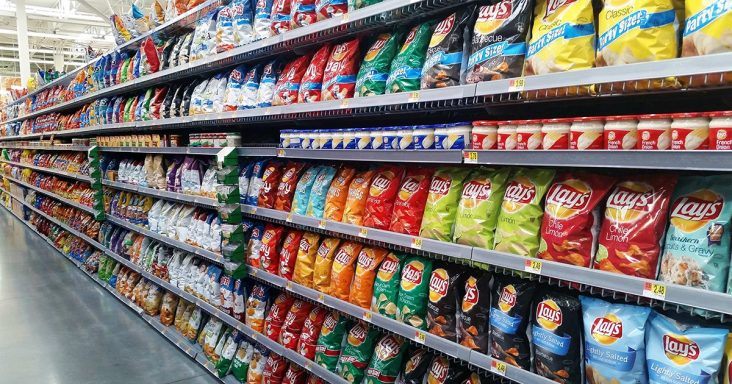Survey: Majority of consumers remain worried by high food prices
by September 27, 2023 9:45 am 709 views

A new report from 201 Analytics and Circana found that 94% of consumers are worried about the cost of food. But behaviors around eating are starting to shift with consumers returning to restaurants for special occasions.
Circana found consumers still ate 76.8% of their meals at home in August.
“We typically see a drop in the share of home-prepared meals during the summer months,” said Jonna Parker, team lead of Fresh with Circana, “However, 76.8% marks a multi-year low in our monthly shopper survey and restaurants saw strong engagement.”
Circana reports that 53% of respondents went to restaurants in August, 50% ordered takeout and 20% said they used food delivery last month
“A few of the consumer attitude questions we’ve been tracking since March 2020 finally moved a few points in the right direction: Slightly less concerned about the present and slightly more optimistic for the future,” said Anne-Marie Roerink, president of 210 Analytics. “A big question mark will be gasoline prices, which seem to be rising again and have. always had a tremendous negative impact on grocery spending.”
Parker said as consumers begin to return to restaurants for special occasions there is an adverse effect on grocery categories like prepared foods or heat-and-serve items which are seeing unit and sales declines because of this shift. She said consumers are also worried about food waste so they are spending more in deli and bakery because they can buy less at one time.
Circana found consumers are doing less browsing the aisles looking for new items to buy and they are relying more on routine meals the family likes. They are less willing to try new items and waste the money if they don’t like it. The data shows consumers still favor shopping in stores for the majority of their groceries. Just 5% said they buy all their groceries online, and 52% use online groceries some of the time for select items.
Prices per unit across all foods and beverages rose 3.6% during August, according to Circana data. The U.S. Bureau of Labor Statistics reported that food-at-home prices rose 3% in August from a year ago. But cereals and bakery item prices were up 6% year over year. While meat prices were flat against a year ago, the remaining grocery store food groups posted increases ranging from 0.3% to 4.8% for soda and sports drinks.
Circana reports that while inflation is declining in groceries, the ongoing concern from consumers remains high because of the cumulative effect of higher prices since 2010. When comparing food prices from August to those during the same month of 2020 prices rose 25.2%, Circana reports.
Consumers spent $7.5 billion on fresh produce sales in August and Circana said the dollar growth slowed from a year ago, this category is still outpacing the total food and beverage, frozen and canned sales. The report found that retailers discounted fresh fruit prices in August by an average of 2.1% from a year ago. Fresh vegetable prices declined 0.5% in August when compared to a year ago.
The report found most of this year consumers had been buying fewer pounds of produce to save money despite the lower prices. Volume sales increased from a year ago for the first time in April, then again in July and a third-time in August.
The average price-per-pound across all cuts of meat were unchanged from August 2022. Circana reports consumers bought a bit less meat in August that resulted in meat dollar sales to slide 1.5% year on year, led by sausage and bacon demand. For the first 8 months of this year, meat sales are up 0.5% from the same time last year. Chicken was the only meat to show increased pound sales over the past 52-week period. The renewed inflation in beef has resulted in rising pressure on pound sales, though ground beef is an exception, according to the report.
Consumers are seeing lower dairy prices led by eggs. The average price per unit for dairy fell below year-ago levels by 3.5% in August compared to an increase of 13.4% in the 52-week period, largely due to egg prices normalizing.
